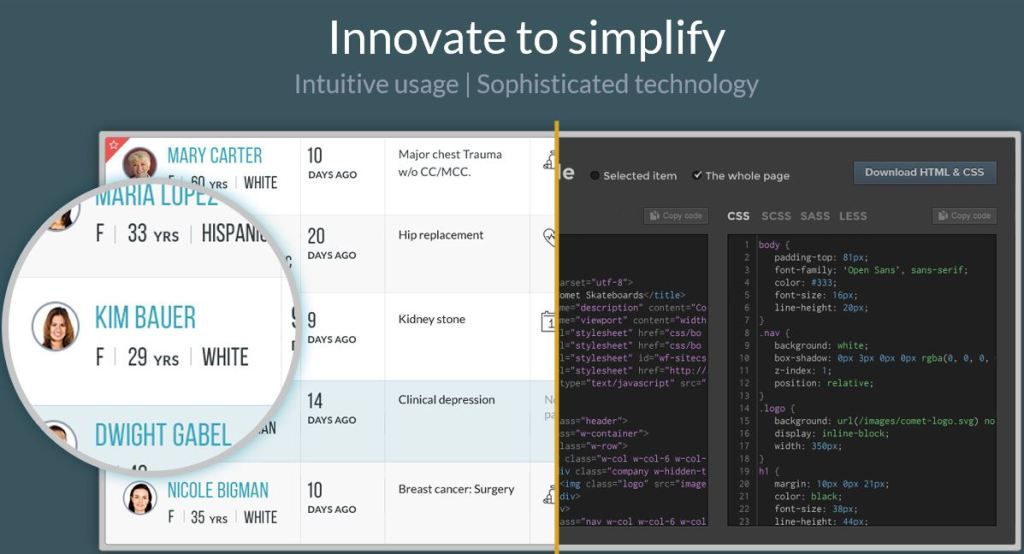 The Disease Management Care Blog generally eschews medical television dramas. Overcooked symptoms, overlooked possibilities and over-testing combined with vacuous story lines populated by emotional distancing, narcissism and unreality is just too much for the DMCB. A particularly irksome plot device is the superhero diagnostician who plucks the right diagnosis out of thin air, saving the day with enough time left over for a fast food commercial. The DMCB has heard from physician colleagues that this fiction has begun to bubble up among the relatives of sick patients, who are asking for a referral to the local version of "House."
The Disease Management Care Blog generally eschews medical television dramas. Overcooked symptoms, overlooked possibilities and over-testing combined with vacuous story lines populated by emotional distancing, narcissism and unreality is just too much for the DMCB. A particularly irksome plot device is the superhero diagnostician who plucks the right diagnosis out of thin air, saving the day with enough time left over for a fast food commercial. The DMCB has heard from physician colleagues that this fiction has begun to bubble up among the relatives of sick patients, who are asking for a referral to the local version of "House."The spouse, in turn, eschews the DMCB's television viewing attitude, which often leads to an exercise in shared decision making. After a careful dialogue, it usually ends in an agreement that the DMCB should shush, desist in grabbing at the remote and be banished from the room.
Which is good, because it gives the DMCB more time to browse other blogs, including rock star KevinMD. That's why it came across this interesting post about the use of social media to solicit suggestions about a mysterious cluster of symptoms. Using thinly veiled identifiers (initials), a girlfriend, after running the idea past the author of the Glass Hospital Blog, posted detailed facts about a mysterious case in her own blog along with a request to physician-readers to submit ideas about the diagnosis. That posting has since been removed (the case ended happily) but you can read about it here. Check out the mention of one doctor even providing an insightful case report from an obscure Korean journal in the 4th paragraph of the posting.
Not only is this an interesting story that was picked up by the New York Times, it's also a good demonstration of the benefits of distributed problem-solving thanks to web-enabled crowdsourcing. The phenomenon is already well established in some industries. The DMCB predicts that healthcare will catch up: more and more enterprising physicians and patients will find ways to navigate past the hinderances of HIPAA and use this approach to get answers about diagnoses and treatment options. As the DMCB has noted before, this has important implications for a medical profession that cleaves to its own storyline of single credentialled experts portrayed by the likes of "House."
By the way, the DMCB was the one that found and forwarded that Korean article.












No comments:
Post a Comment